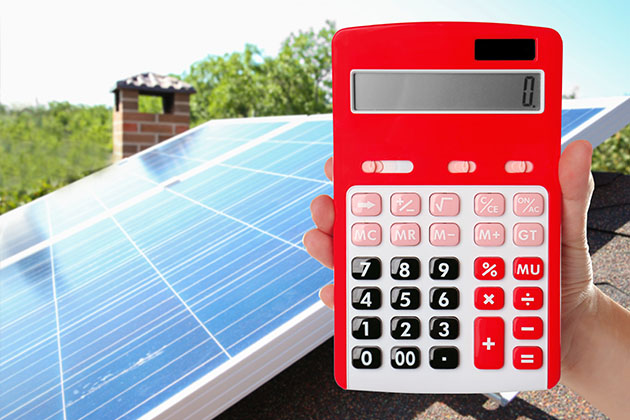Scientists from MIT have sensitized existing silicon suria cells by singlet exciton fission method. This can increase efficiency of suria cells from 18 percent to as high as 35 percent thus doubling energy output thereby reducing costs of solar technology.
Ia menjadi penting untuk mengurangkan pergantungan kita kepada bahan api fosil dan membina teknologi untuk masa depan yang mampan. Kuasa solar adalah sumber yang boleh diperbaharui tenaga di mana milik Matahari light is converted into electrical energy. Sel suria are most commonly made of silicon which uses photovoltaic process to transform cahaya matahari into electricity. Tandem cells are also being designed which generally include perovskites cells where every section of the suria cells can harness milik Matahari energy from its varied spectrum and thus have higher efficiency. Solar cells available today are limited by their efficiency which is just 15-22 percent.
Kajian yang diterbitkan pada 3 Julai di Alam telah menunjukkan bagaimana silikon suria cell efficiencies could be raised to as high as 35 percent by applying an effect called singlet exciton fission. In this effect a single particle of light (photon) can generate two electron-hole pairs as opposed to only one. Single exciton fission is seen in many materials since its discovery in the 1970s. The current study aimed to translate this effect for the first time into a viable suria sel.
Researchers transferred single exciton fission effect from tetracene – a known material which exhibits it – into crystalline silicon. This material tetracene is a hydrocarbon organik semiconductor. The transfer was achieved by placing an additional thin layer of hafnium oxynitride (8 angstrom) between excitonic tetracene layer and silicon suria cell and coupling them.
This tiny hafnium oxynitride layer acted as a bridge and made possible the generation of high energy photons in the tetracene layer which then triggered release of two electrons in the silicon cell as opposed to the usual one. This sensitization of silicon suria cell reduced thermalization losses and enabled better sensitivity to light. The energy output of the suria cells doubled as more output was generated from green and blue parts of the spectrum. This can enhance the efficiency of suria cells to as high as 35 percent. The technology differs from the tandem solar cells as it just adds more current to the silicon without adding additional cells.
Kajian semasa telah menunjukkan sel suria silikon pembelahan singlet yang telah diperbaiki yang boleh mempamerkan peningkatan kecekapan dan dengan itu mengurangkan kos penjanaan tenaga keseluruhan teknologi suria.
***
{Anda boleh membaca kertas penyelidikan asal dengan mengklik pautan DOI yang diberikan di bawah dalam senarai sumber yang dipetik}
Sumber (s)
Einzinger, M. et al. 2019. Pemekaan silikon oleh pembelahan exciton singlet dalam tetracene. alam semula jadi. 571. https://doi.org/10.1038/s41586-019-1339-4






































